Liquid metal fibers for embroidered e-textiles: conductive, stretchable, washable
- khashayar Ghaffarzadeh

- Jun 7, 2023
- 2 min read
Updated: Jun 13, 2023
Liquid metals never cease to amaze. In e-textiles, they offer the potential to have highly conductive wires that can be washed and highly stretched! One interesting application is in digital embroidery of electronic textiles using liquid metal fibers. Dr. Yong Lin Yong from University of UTah presented some interesting work at a recent TechBlick conference [May 2023]. This work was a collaboration with Prof. @John Ho from National University of Singapore
Join us and the global community in Berlin on 17-19 OCT 2023 to RESHAPE the Future of Electronics - explore the world-class agenda, masterclass programme, and expo floor here https://www.techblick.com/electronicsreshaped
Here, off-the-shelf PFA is filled with liquid metals using a syringe to form a stretchable conductive thread [600um diameter] which could be embroidered.
As seen in slide [1] the resistivity per length is better than most ink or coated conductive thread solutions, although of course bulk Cu metal wires are still more conductive. Theses liquid metal filled conductive threads can then be digitally embroidered using embroidery machines [slide 2] to make, for example, antennas with high Q-factors [slide 3]
Slide [3] compares the resistivity of liquid metal filled fibers [M3] against Cu wires [M1] and conductive threads [M2]. Cu wires beat liquid metals in conductivity but fall short on stretchability [see how they break] whilst liquid metals beat conductive threads. Thus liquid metals are a good solution for embroidered electronic textiles where high conductivity and high stretchability are required
Washing is also an important criteria for e-textiles. Slide [4] shows that the results, showing that Cu wires can break in washing machines whilst liquid metal filled fibers survive washing machine treatment
Slide [5] shows a digital embrioded NFC sensor that actually works. The user had used these sensors on runs. Interestingly the sensors continue to work under contact with water - which is excellent for sensing applications and ease of use. The high conductivity of the liquid metal conductive threads means also a high Q factor for the NFCs
In short, liquid metals are a promising solution for e-textiles, ticking many of the requirement boxes including high conductivity, compatibility with embroidery, washability, stretchability, etc. There is much development still to be done - ensuring better cost structure and availability, temperature stability, etc but this is a space to watch
Do NOT forget to join the Festival [Free-to-Attend] on 22 June 2023
https://www.techblick.com/innovation-festival-june-2023






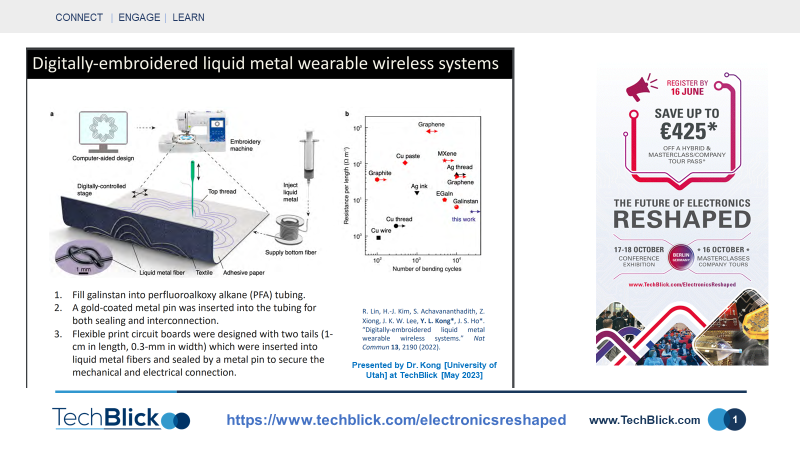

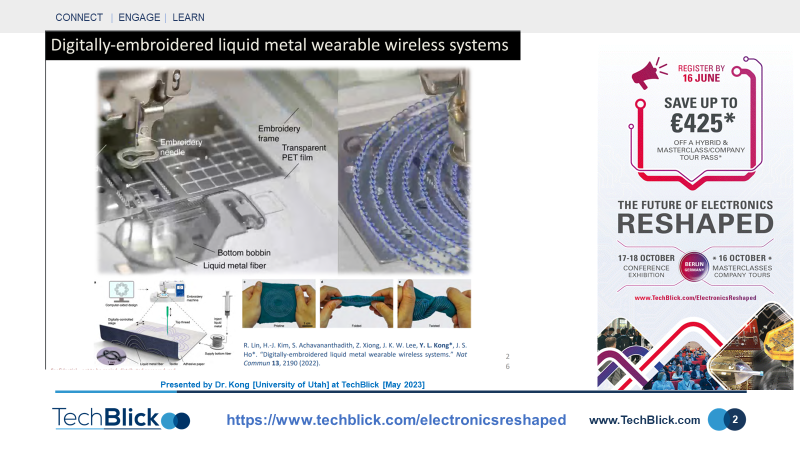

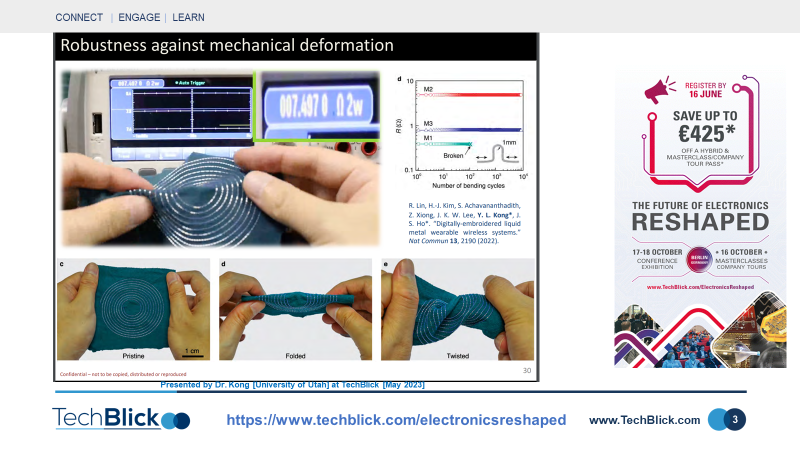

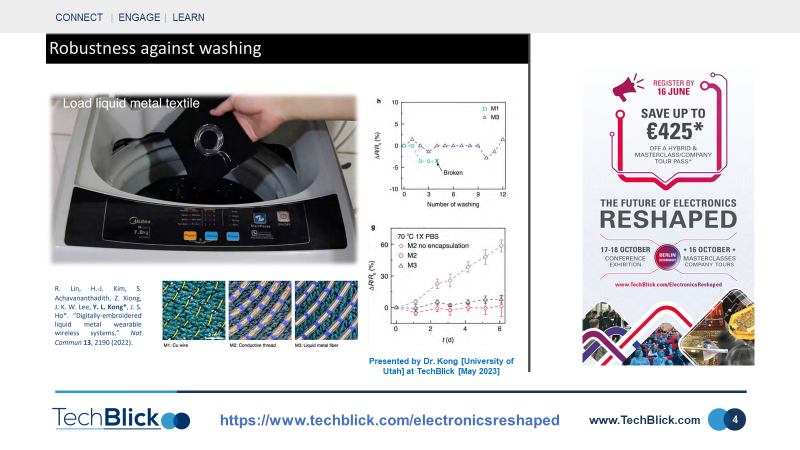

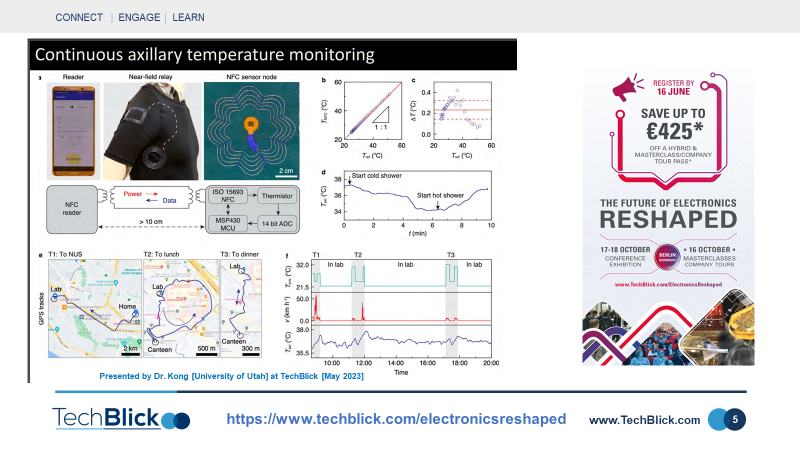

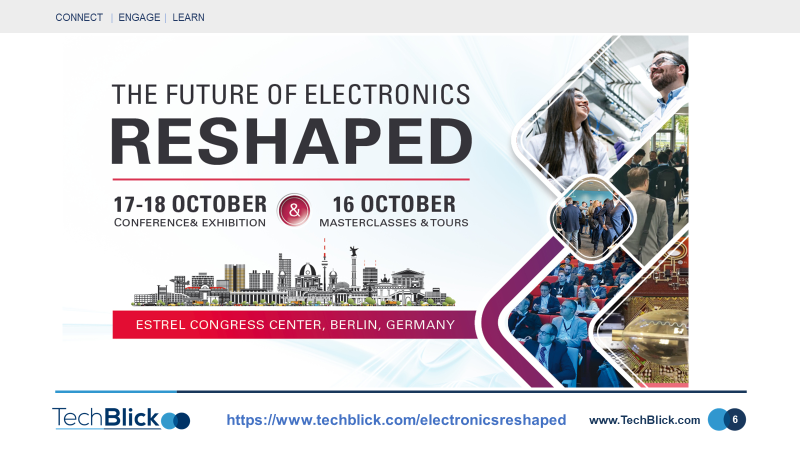
Comments